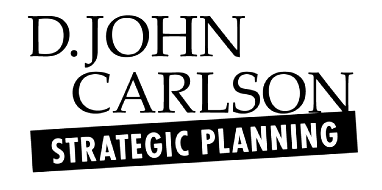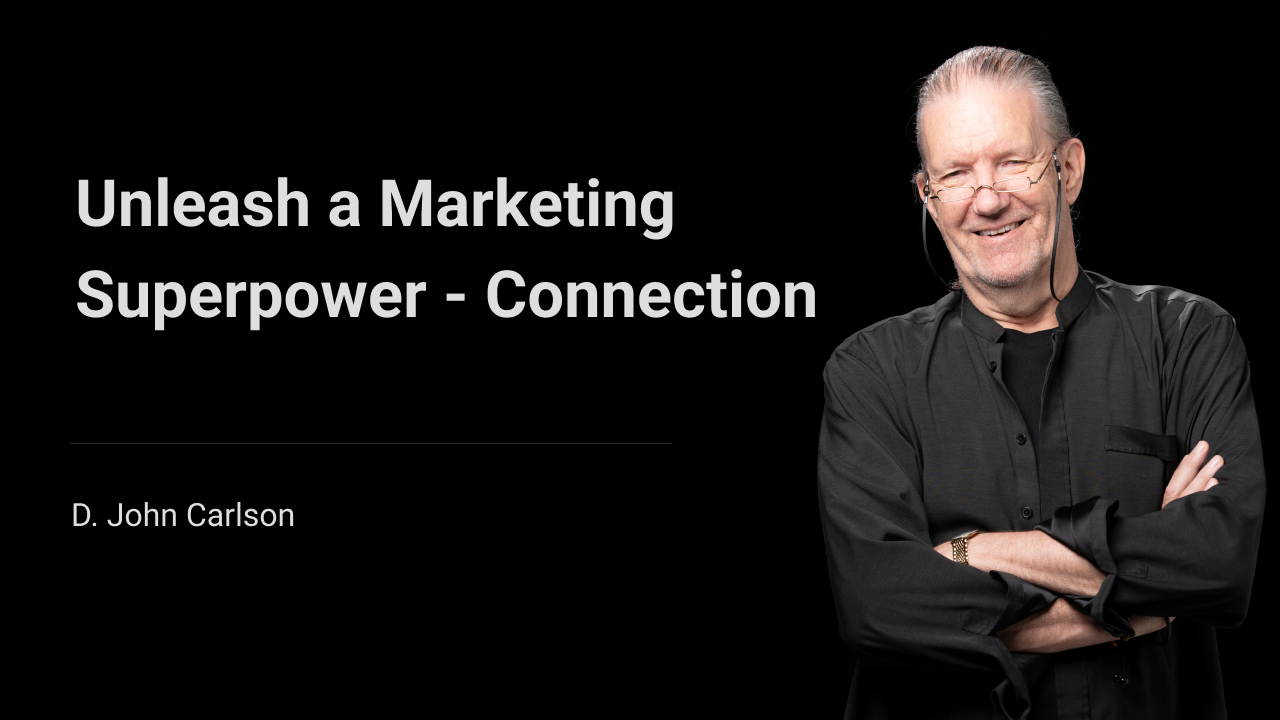There is a restaurant in West Perth that I used to frequent weekly and often twice weekly for years. The vegetarian food, personal service, great environment and overall consistency made this a restaurant with which I developed a deep connection. A cordial relationship with staff, including the owner, enhanced this connection. It was my favourite restaurant. In recent months, I have sensed more variability in the quality of the food and the standard of service. Initially, this had little impact on my use of the restaurants. More recently, however, I had an experience where a relatively new staff member behaved arrogantly towards me – directing the blame for an order error to me. While I was happy to take the blame – I did not appreciate the tone. As a result, this one bad experience damaged a connection built over year. While I will give them the benefit of…


 Back
Back
